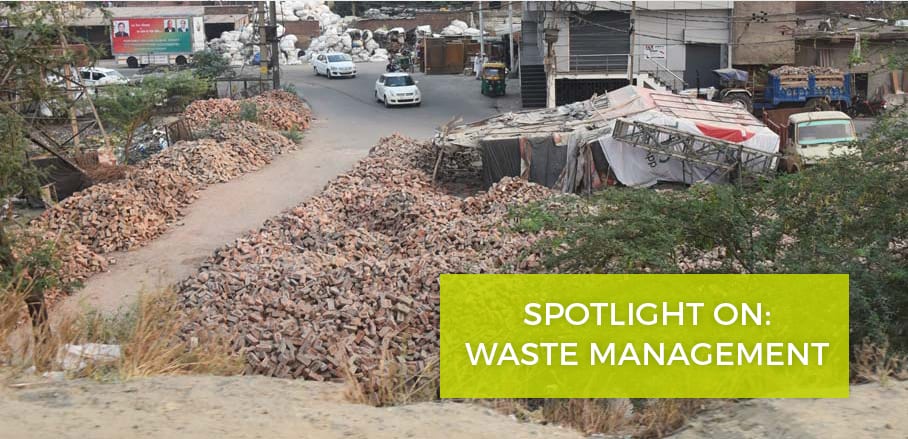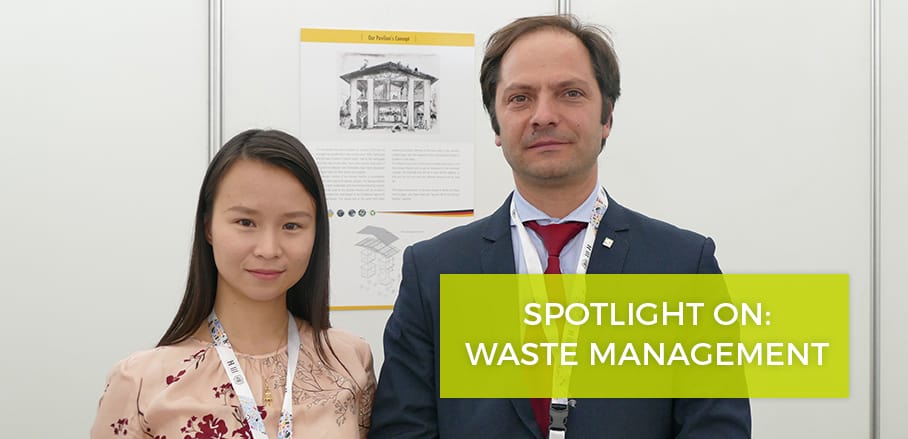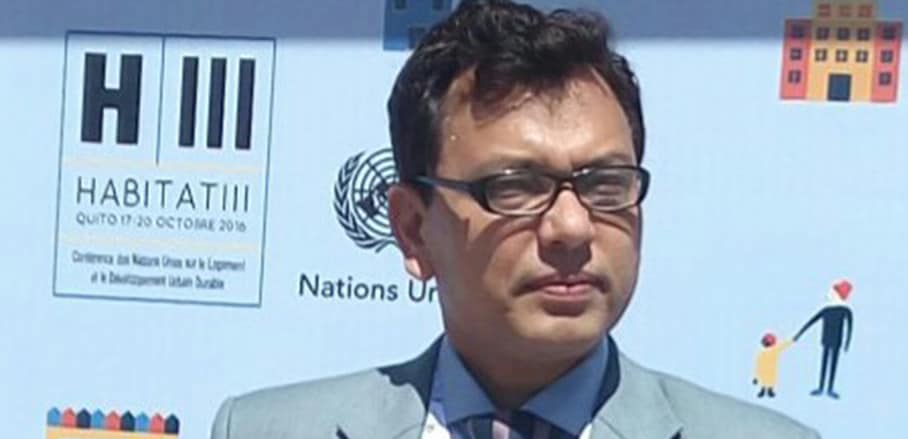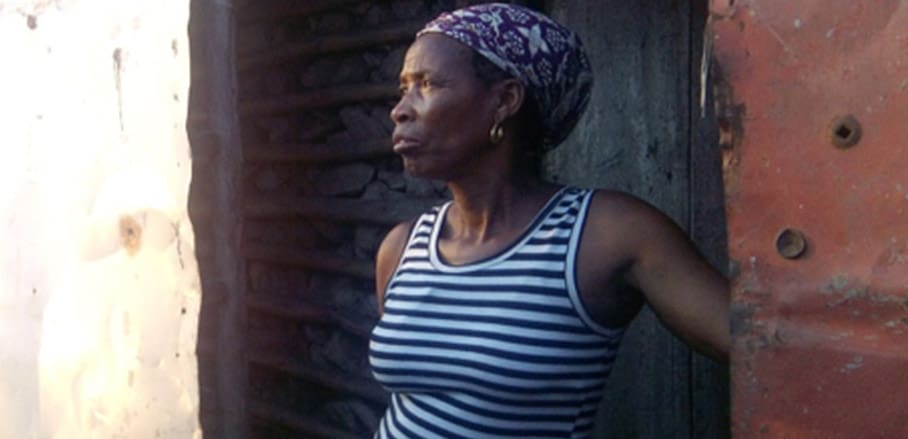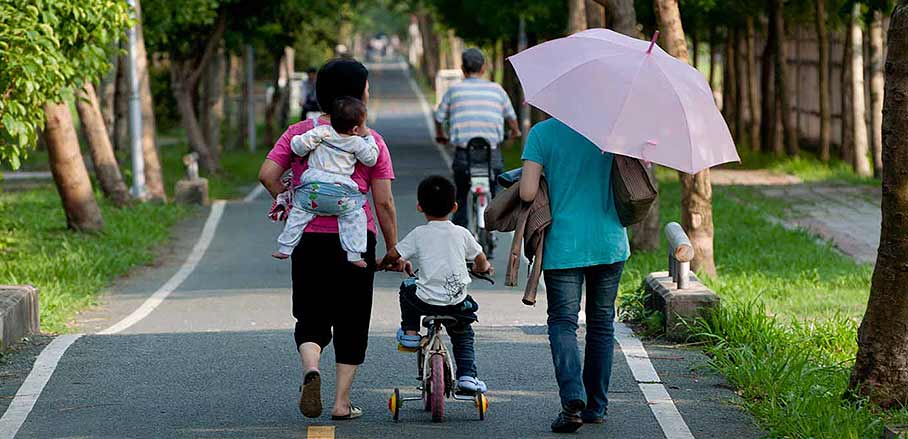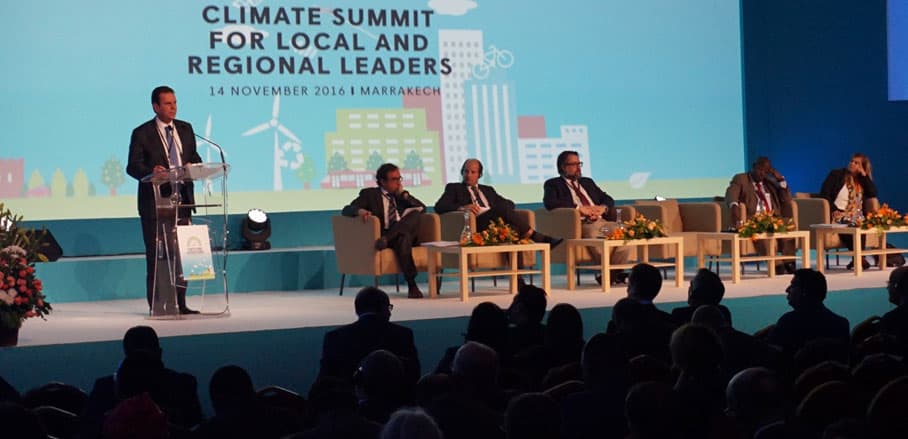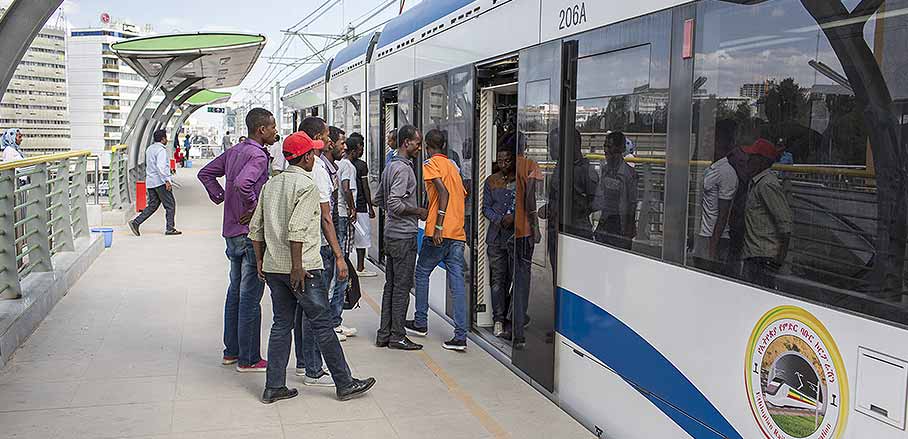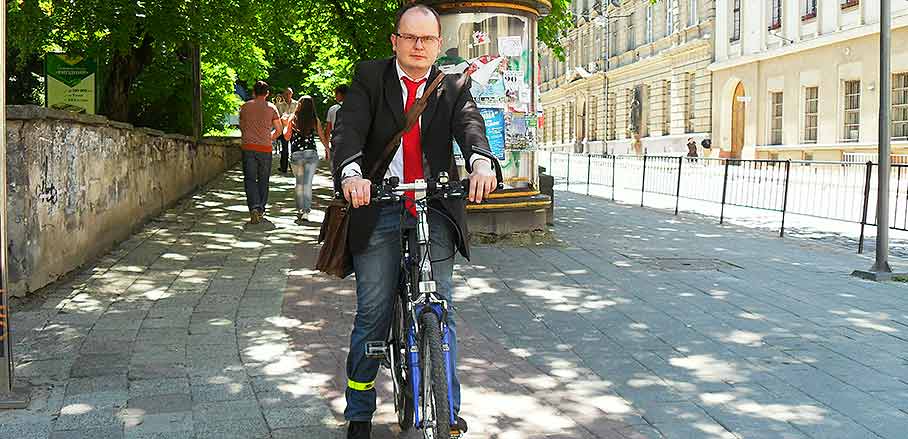Urban Mining – recovering materials in metropolitan regions
To what extent can cities be used as ‘anthropogenic material stocks’? How can international cooperation contribute? In the following interview, Professor Liselotte Schebek from Darmstadt’s Technical University and Uwe Becker, who manages a GIZ-run project in India, share their views on these issues.
